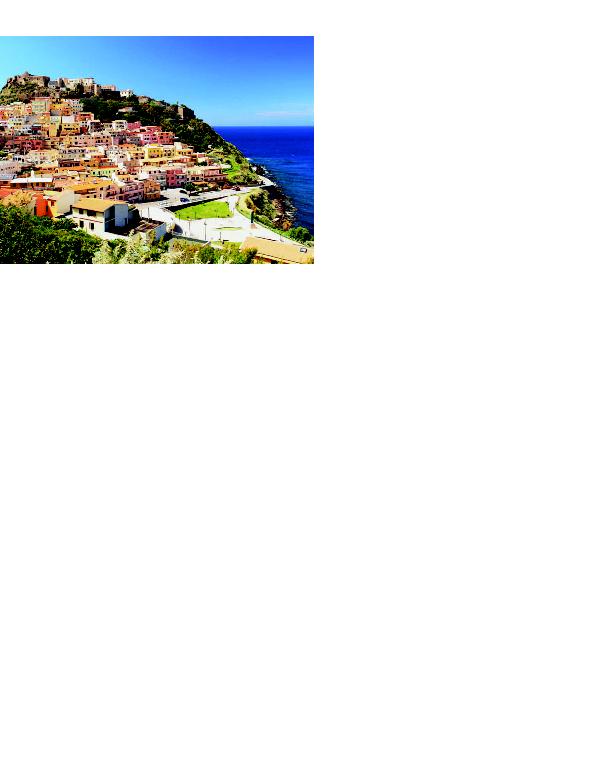
of type 1 diabetes--one of the most common chron-
ic childhood diseases, which results from an auto-
1990, the Insulin-Dependent Diabetes Mellitus Sardinia
Project has been investigating preclinical phases of type 1
diabetes in a large cohort of people. The goal is to learn
why some people who are genetically at risk for type 1 dia-
betes don't develop the disease.
data mining for this and other projects because of its isolat-
ed population. It's simpler to investigate the environmental,
is linked to genes in the major histocompatibili-
ty complex (MHC) called human leukocyte anti-
regulate the immune system. "There are HLA class I and
class II genes, and the class II genes have a stronger link to
autoimmunity," she adds. Although 50 percent of genetic
components are linked to HLA molecules, other genes in
the MHC are also involved. "Because HLAs occur in so
many different forms, the diversity makes them difficult to
study in terms of autoimmune disease," says Dr. Denzin.
The Sardinian team was interested in knowing if not only
HLA class II genes but also other genes encoded within the
type 1 diabetes.
that Dr. Denzin's laboratory works on--called DM--is
associated with protection from type 1 diabetes. DM con-
trols the presentation of HLA class II proteins at the cell
surface--known to trigger immunity. Finding a specific
allele of DM that is mediating protection from type 1 dia-
betes suggests that this allele--or version of DM--might in
fact alter this process, thereby leading to protection.
Francesco Cucca, MD, professor of medical genet-
ics, University of Sassari, Italy, and director of the
Biomedical Research, and Valeria Orrú, PhD, permanent
researcher, University of Cagliari, Italy. "We received an
email from Dr. Orrú expressing an interest in our mouse
model results--where we showed if we altered activity of the
DM protein, we could protect a non-obese diabetic mouse
from diabetes," says Dr. Denzin. "They suggested to us that
modulating DM activity could be the mechanism by which
the people in the Sardinian study are protected from type I
diabetes."
dent of Dr. Orrú's, became part of the project, working in
Dr. Denzin's lab as a postdoctoral research fellow. Dr.
Virdis's goal is to use biochemical and cell biological assays
established in Dr. Denzin's lab to answer the question of
altered activity. "If we can show that this DM has altered
function, we could make a significant discovery in type 1
diabetes," says Dr. Denzin.
Target for Type 1 Diabetes
tion, so you can't simply get rid of them. What's
important about this idea is that rather than try-
function," says Dr. Denzin. "DM could be a druggable
target. Potentially changing the way the molecule works
might be enough." A protective genetic variant could lead
to a useful treatment. "Usually people are looking for lots
O
E
M
R
S
O